We may earn revenue from the products available on this page and participate in affiliate programs. Learn More ›
When most people think of a fan, the first thing that comes to mind might be a window fan or the old style with buttons that snapped loudly as you switched from low to medium to high. But there are lots of other types of fans, and homeowners should get to know them.
Why? Because those homeowners might be dealing with an issue, such as a steamy bathroom or a general lack of airflow, and not realize that there is a type of household fan designed for the job. Keep reading to learn about the different fan types and what they do.
1. Ceiling Fans

Ceiling fans are fairly common, and most homeowners are probably already familiar with them. These fans mount to the ceiling in a room and circulate the air within. But they can be so much more than that.
Ceiling fans are among the most energy-efficient ways to make a home feel more comfortable. Whether they’re moving cooler air in the summer or shuffling hot, stuffy air around during the windows-closed heating season, these types of electric fans do the trick. As well, because most models feature built-in lighting fixtures, they provide functional illumination.
Also, consider that ceiling fans bring an element of style and interest to an otherwise barren ceiling. This allows a homeowner to choose a model that beautifully accents a room, which means these are the best type of fan for combining comfort and decorative flair.
Best for: Circulating air within the home
Editors’ Choice: Honeywell’s Carnegie Ceiling Fan sports a rustic, industrial design and can be operated by a remote control for convenience.
Related: The Best Bedroom Fan to Stay Cool and Comfortable
2. Whole House Fans
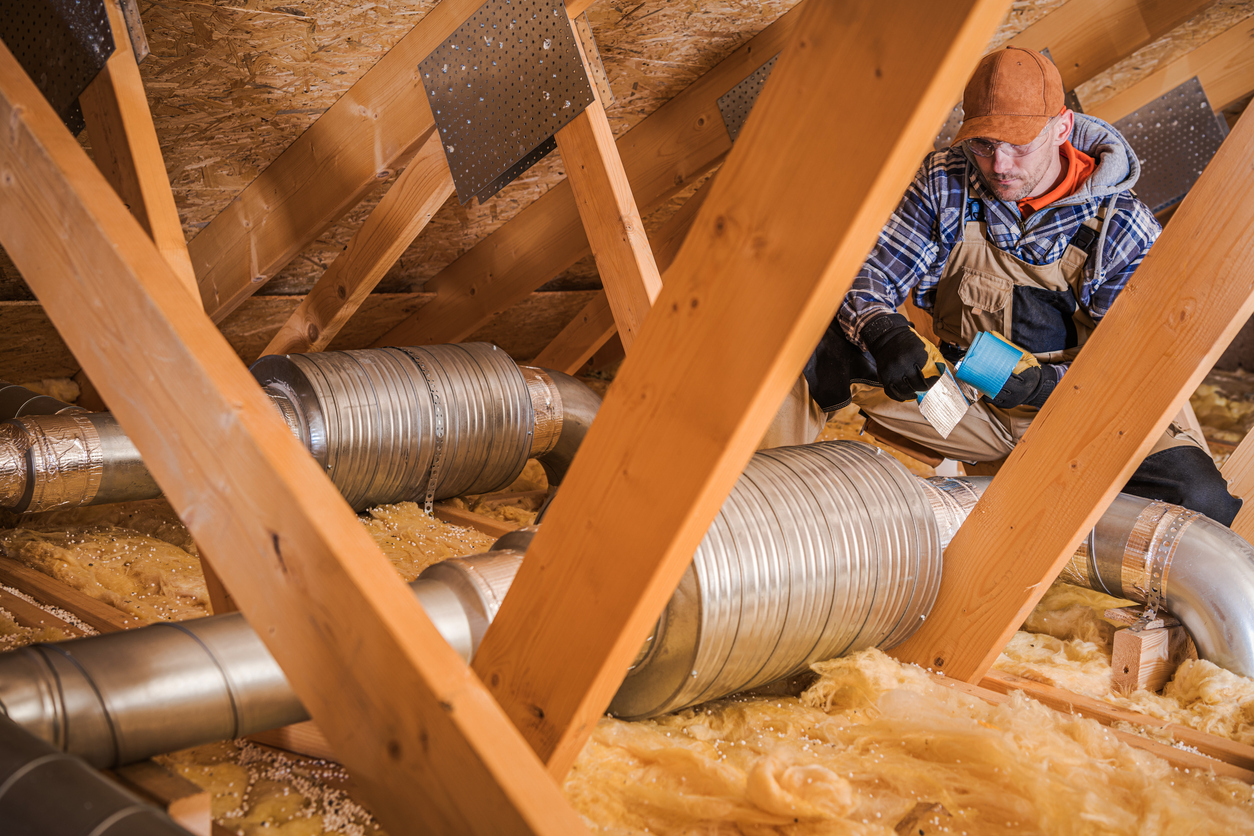
Some houses suffer from lack of airflow. Maybe the house is closely surrounded by other structures, or maybe it just doesn’t have enough windows, but for whatever reason, it’s difficult to draw fresh air inside. Fortunately, that’s something that a whole house fan can do.
These fans typically mount in the highest ceiling within the living space (usually between the top floor and the attic) and pull air from within the house and through open windows, pushing it into the attic where it can escape through the ridge vents. Whole house fans can offer huge benefits for stuffy homes, and they’re especially effective at cooling the house with night air after a hot summer day.
Best for: Stuffy homes
Editors’ Choice: Featuring a ducted design that keeps the fan away from the living space, the QuietCool QC CL-4700 Classic Series Whole House Fan reduces noise and deadens vibration in the home—unlike old attic fans.
Related: The Best Whole House Fans for Ultimate Air Circulation
3. Attic Fans
Attic fans install through an attic wall, vent, or window and draw outside the hot air that builds up in the attic. Not only can this keep temperatures more comfortable within the home, but it can also prevent mold and prolong the life of the roofing material.
Attic fans are often confused with whole house fans, as both types of fans install in an attic space. Attic fans do serve the similar purpose of drawing fresh air into the home, although not as efficiently as whole house fans. An attic fan usually has a programmable thermostat that turns the fan on when the temperatures rise, keeping the space cooler than it would be otherwise.
Best for: Hot attic spaces
Editors’ Choice: The Cool Attic CX30BD2SPD Belt Drive 2-Speed Whole House Attic Fan comes with a louvered vent for weatherproofing and boasts a quiet, belt-driven operation.
4. Bathroom Exhaust Fans
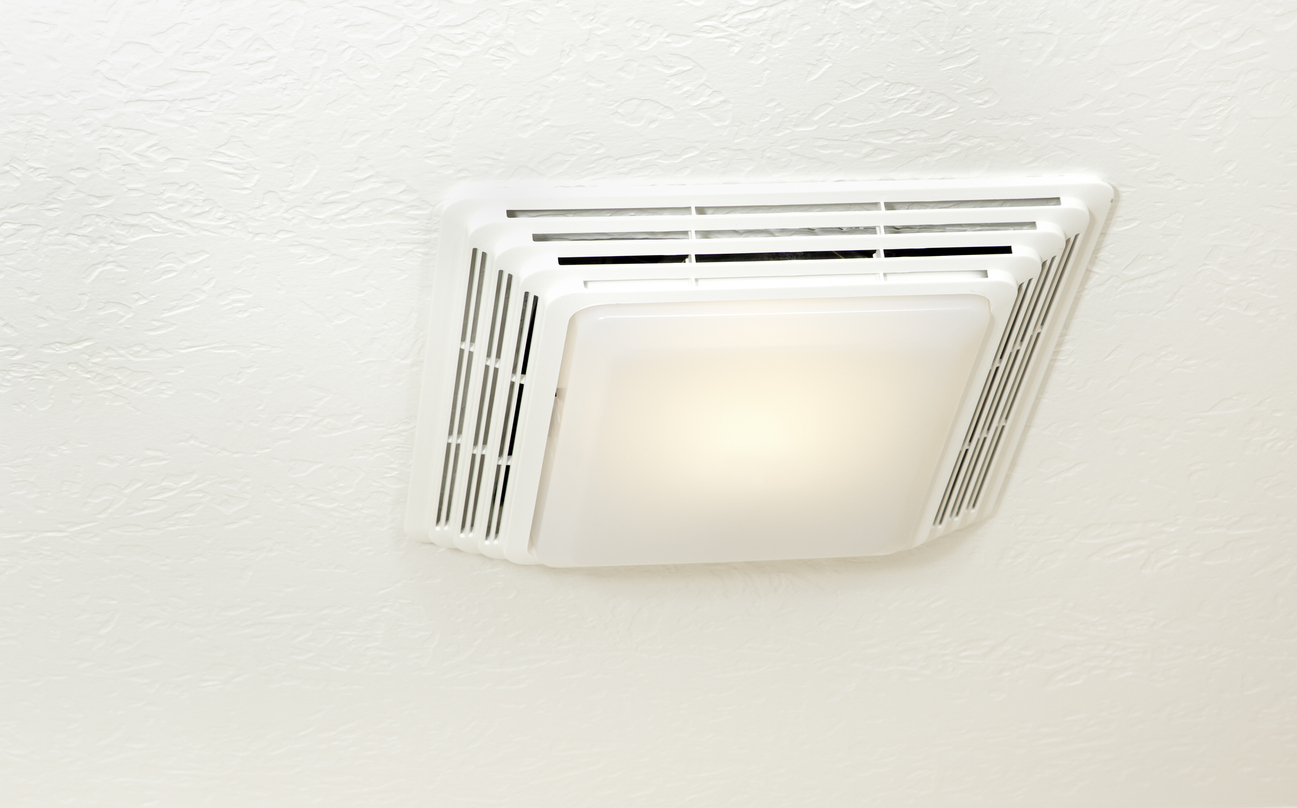
Some folks love a good steamy shower, but luxuriating in that steam day in and day out isn’t good for the bathroom. Steam can loosen drywall tape, foster a mold-friendly environment, and create slippery surfaces. That’s where the bathroom exhaust fan comes in, pulling out all that steamy air while also giving foul smells the boot when necessary.
Bathroom exhaust fans are typically installed in a bathroom ceiling. They utilize a small duct to vent hot, moist air outside. This prevents moisture from building up within the room, lowering the chances of steam-related damage. Because most of these fans also incorporate built-in lights, they enhance bathroom safety and illumination.
Best for: Bathrooms
Editors’ Choice: Broan-NuTone’s 678 Exhaust Ventilation Fan and Light is suitable for bathrooms up to 45 square feet and features a 100-watt light fixture.
5. Kitchen Exhaust Fans
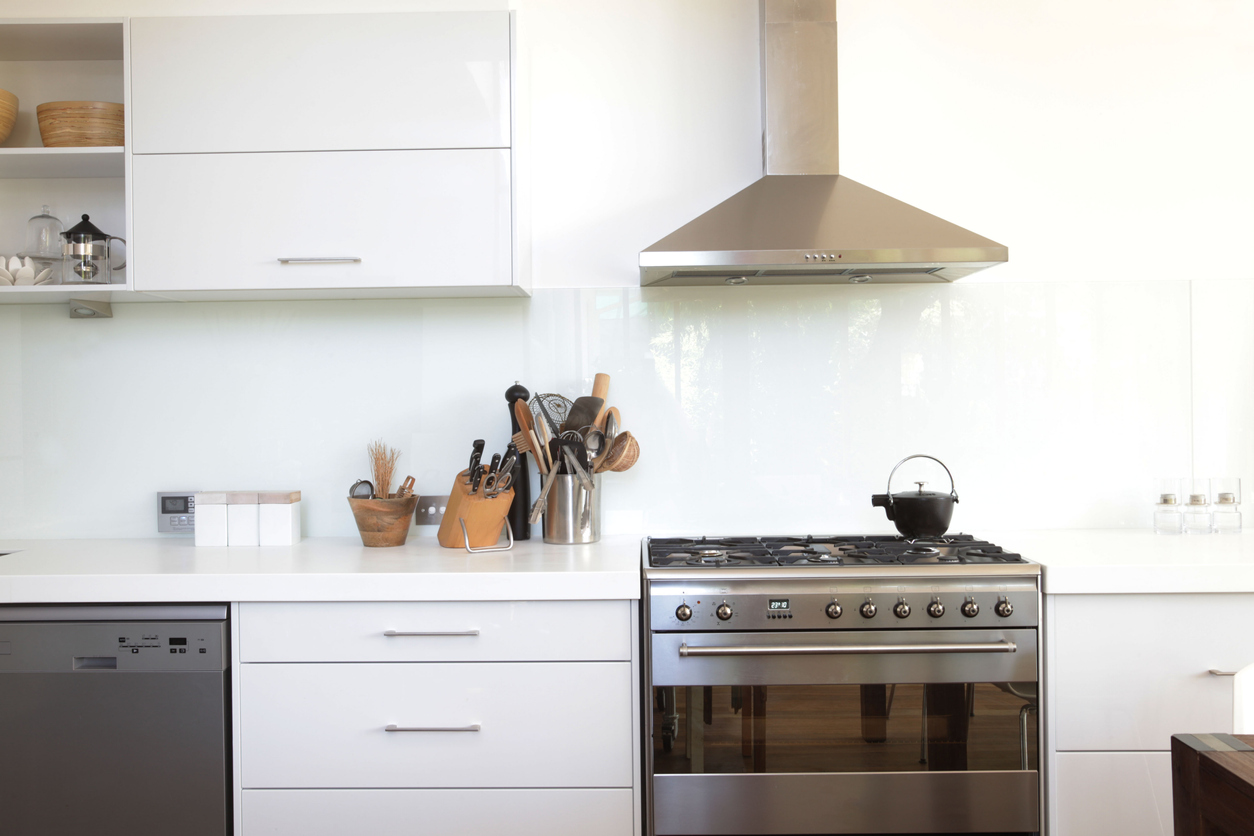
Whether for pasta, soup, or any other dish, boiling water or other liquids produces a lot of steam. Without a kitchen exhaust fan, that steam just sits in the kitchen or neighboring rooms, condensing on ceilings and surfaces. This moisture can damage walls and ceilings and encourage mold growth, although these negative effects are less likely in the kitchen than in the bathroom. A kitchen exhaust fan, which is typically installed in a range hood above the stove and vents outdoors, can remove that steam and push it outside.
Steam isn’t the only air-quality problem in the kitchen. Cooking isn’t always an exact science, and things happen. When a would-be chef burns a meal, the kitchen exhaust fan goes to work, drawing out the smoke, grease, and smells from the kitchen before they travel to the rest of the house. And, if you cook with gas, the kitchen exhaust fan helps remove potentially harmful pollutants released during combustion, including formaldehyde and nitrogen dioxide.
Best for: Kitchens
Editors’ Choice: Hauslane’s Chef Series 30″ PS18 Under Cabinet Range Hood features a contemporary look with powerful suction for removing steam and smoke.
Related: The Best Quiet Fans for Your Bedroom
6. Energy Recovery Ventilators (ERVs)
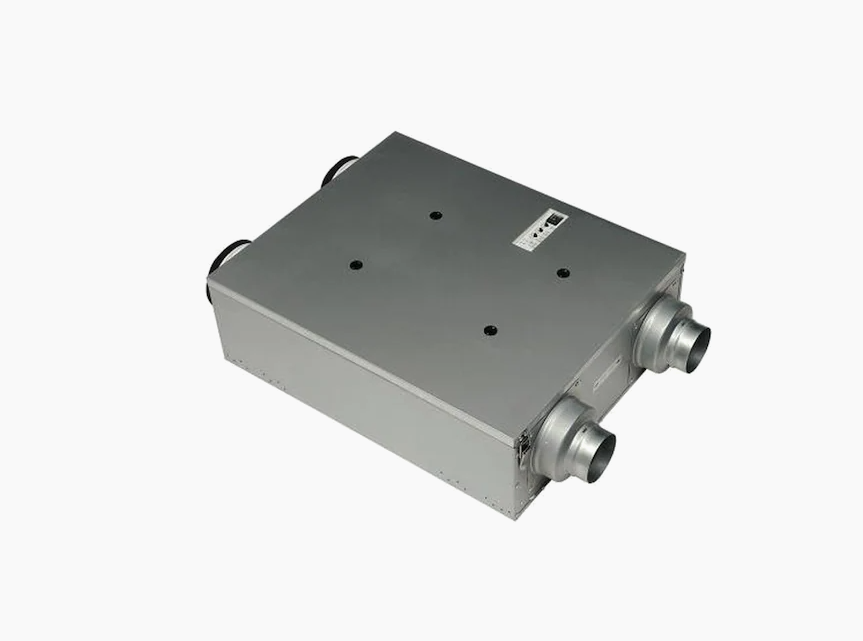
Air-conditioning and heating systems often recycle the same stale air, catching only large particles in their air filters. With Energy Recovery Ventilators (ERVs), users can exchange stale air for clean air while retaining the air’s conditioning, making this a popular choice among home fans.
The ventilators install between sections of existing air ducts and draw stale air from within the home to the outside while pulling fresh air into the house. Inside the ERV is a core that contains layers of perpendicular channels. These channels do not mix, but they do allow the outgoing air to condition and humidify the incoming air, helping to maintain the comfort level inside the home.
Best for: Forced hot air and central air conditioning
Editors’ Choice: The Panasonic Intelli-Balance 100 Balanced Air Solution allows users to customize the airflow exchange. It comes with a MERV 8 filter but can also be used with MERV 13 filters.
Related: The Best Window Fans for Cooling Down a Room
7. Heat Recovery Ventilators (HRVs)
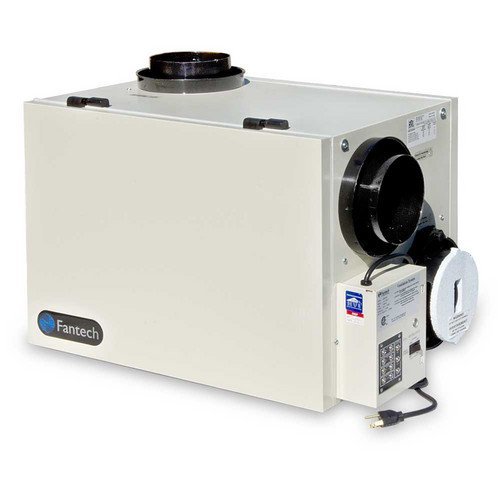
A Heat Recovery Ventilator is very similar to an Energy Recovery Ventilator. The biggest difference is that an HRV recovers temperature from outgoing air, while an ERV retains both temperature and moisture.
If your home doesn’t typically suffer from dry air in the winter, or if your system is already equipped with an in-line humidifier, an HRV could be the way to go. These devices work by mixing the temperature of outgoing air with incoming air in their core, warming the new air as it passes. As with an ERV, the old air passes outside, removing stale particles. The ventilator allows users to bring fresh air into their otherwise closed heating system without losing valuable heat.
Best for: Forced hot air with in-line humidifiers
Editors’ Choice: The Fantech SHR 1505R Heat Recovery Ventilator is a commercial-grade HRV that features three adjustable speeds.

